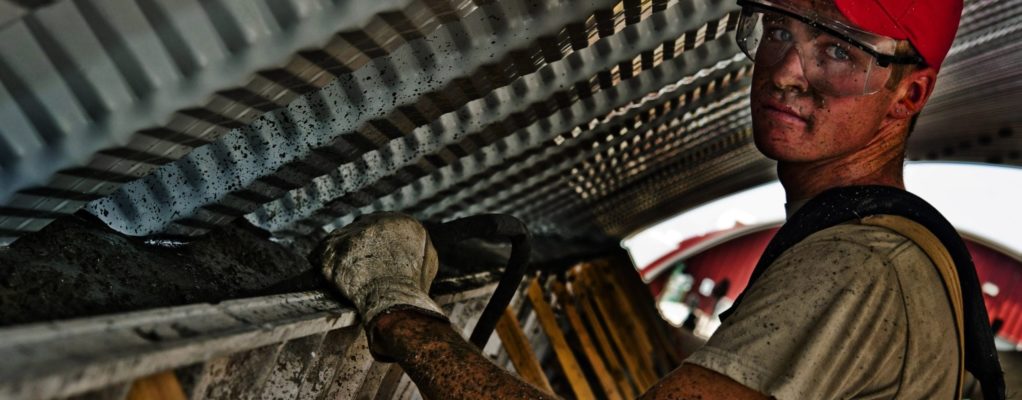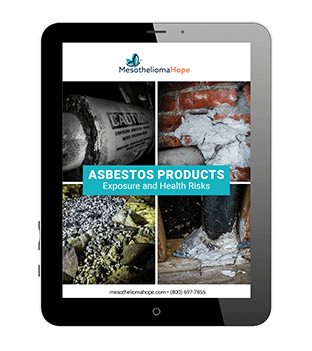A person’s risk of developing cancer usually goes down when they stop being exposed to cancer-causing substances. For example, people who quit smoking reduce their risk of lung cancer within a few years. However, this is not the case for people who are exposed to asbestos.
A new study revealed that the risk of developing mesothelioma does not decrease after stopping exposure to asbestos.
By reviewing existing research on the risks of mesothelioma following asbestos exposure, researchers caution that past asbestos workers are still at risk. Adopting protective gear or leaving the workplace after already being exposed to asbestos does not decrease your risk of developing mesothelioma. Anyone who has ever worked with asbestos products is still at risk.
Assessing Past Asbestos Exposure Risks
For the study, researchers conducted a meta-analysis of previous mesothelioma research. They reviewed data from 9 studies on how past asbestos exposure risks lead to mesothelioma. Specifically, the researchers chose studies that included the duration of time since people were first exposed to asbestos, how long exposure lasted and how long had passed since their last exposure.
This meta-analysis revealed that people are still at risk of developing mesothelioma after stopping their exposure to asbestos. It doesn’t matter how long someone was exposed to asbestos, or how long it has been since they stopped working with asbestos. In comparison, the risk of developing asbestos-related lung cancer does decrease after stopping asbestos exposure.
From the very first time someone is exposed to asbestos, they will continue to be at risk of developing mesothelioma.
Persistent Asbestos Exposure Risks Decades Later
The particular way that asbestos acts in the body explains why it can cause mesothelioma decades after exposure.
Asbestos is a dangerous material made up of microscopic fibers. These fibers are easily airborne, but they cannot be seen, tasted or smelled. It’s very easy to inhale them without knowing. When inhaled, the fibers can pierce the lining of the lungs and become trapped. Since asbestos fibers are extremely durable, they do not dissolve or degrade in the body.
Asbestos fibers cannot be expelled from the body once they become trapped. Over time, they irritate the lung lining, causing scarring, inflammation and fluid build-up. In fact, scarring of the lung lining is a disease itself, called asbestosis. Eventually, the asbestos fibers can change the behavior of nearby cells, resulting in mutated cells—otherwise known as cancer.
It takes 10 to 50 years for mesothelioma symptoms to develop after exposure to asbestos.
Unfortunately, the amount of time that passes after someone is exposed to asbestos does not decrease their risk of developing mesothelioma in the future. Since asbestos fibers never leave the body, they can cause potential health problems even decades after becoming embedded in the lungs.
Screening Workers for Mesothelioma
The results of this new study emphasize latent asbestos exposure risks and how important it is that asbestos workers are aware of mesothelioma symptoms. Anyone who has worked with asbestos, even decades ago, may be at risk.
Remember, there is no safe level of asbestos exposure. If you worked with asbestos products for any length of time, you might be at risk.
Watch out for symptoms and get screened if you’re concerned. Talk to your doctor immediately if you ever notice symptoms of mesothelioma, asbestosis or lung cancer. Diagnosing mesothelioma in the early stages leads to a better prognosis. Fortunately, modern treatments can vastly improve quality of life for people who are suffering from this disease.
Patients Diagnosed With Mesothelioma Can Seek Justice
Anyone exposed to asbestos, whether at work or in their own homes, is a victim of negligence. Even if you worked with asbestos decades ago and have since developed mesothelioma, you could be entitled to legal compensation. Mesothelioma victims often use this compensation to access specialized treatments and surgeries that can prolong life and help them remain comfortable.
If you received a mesothelioma diagnosis and you have a history of working with asbestos products, contact Mesothelioma Hope for a free legal case review.










